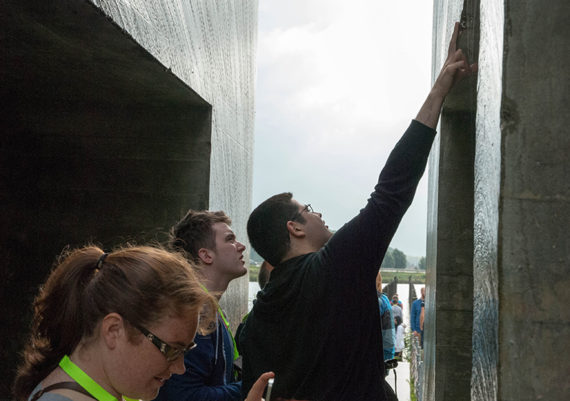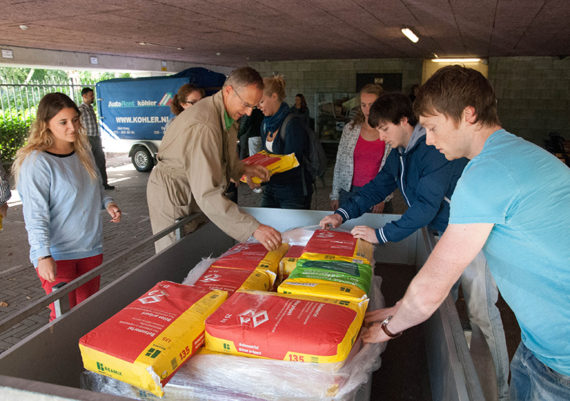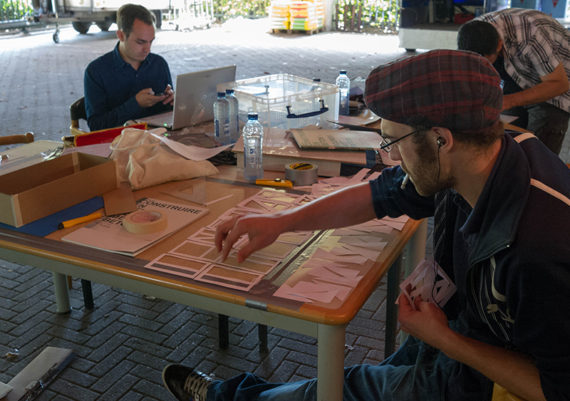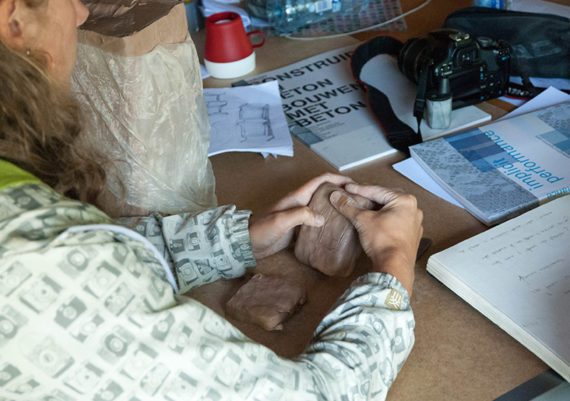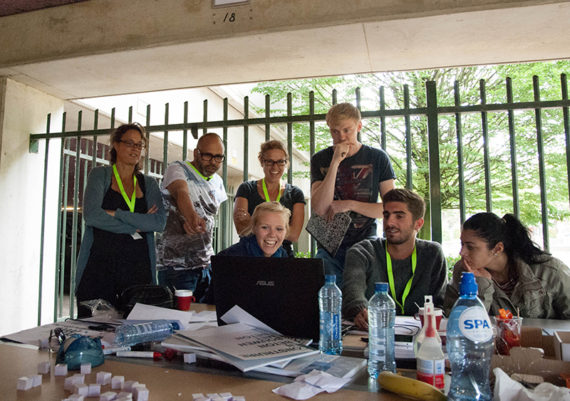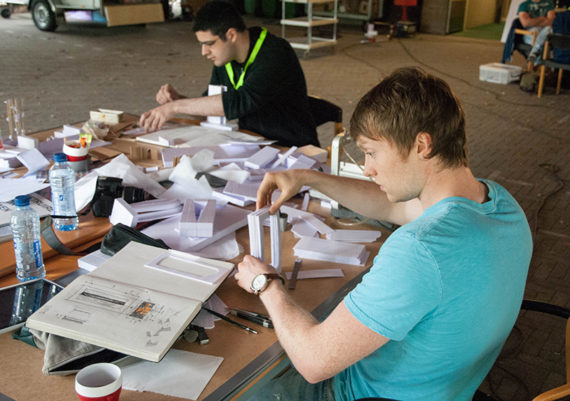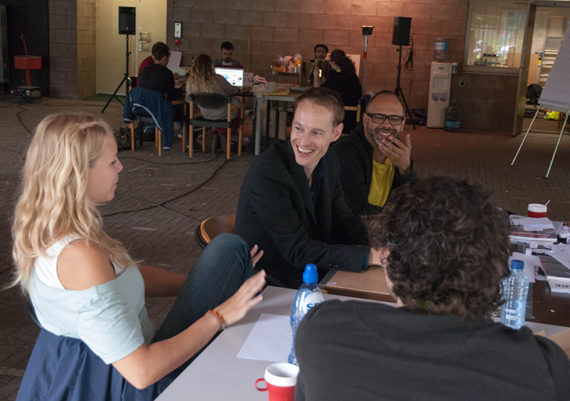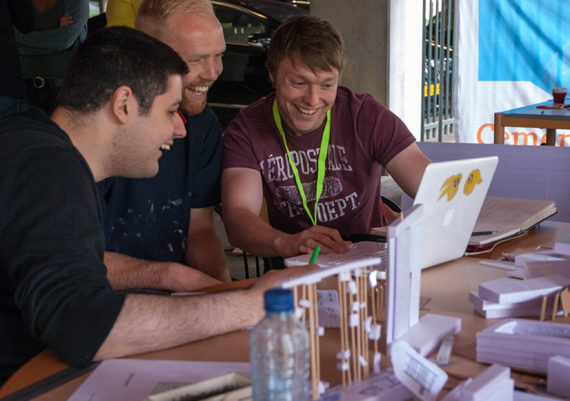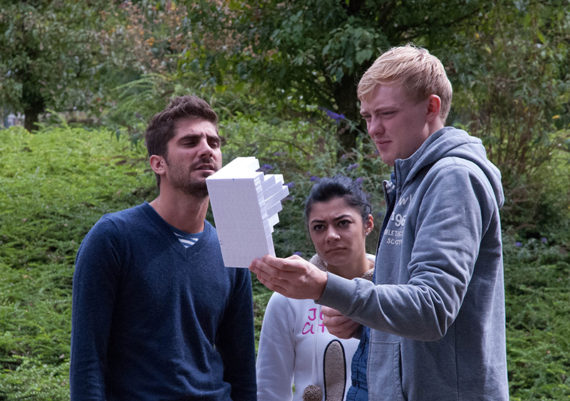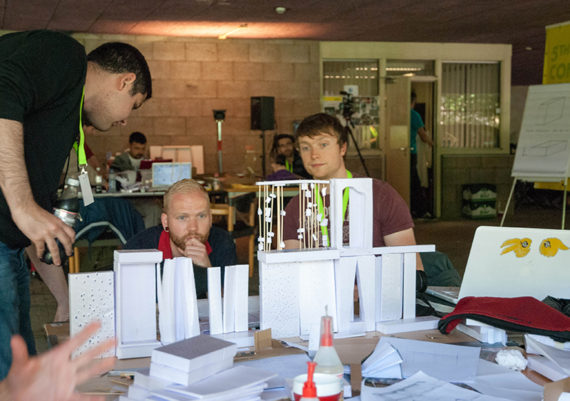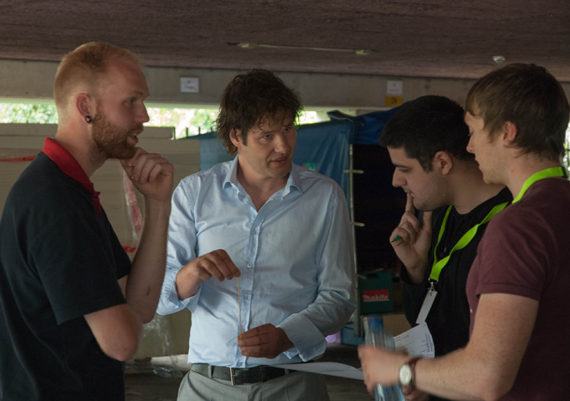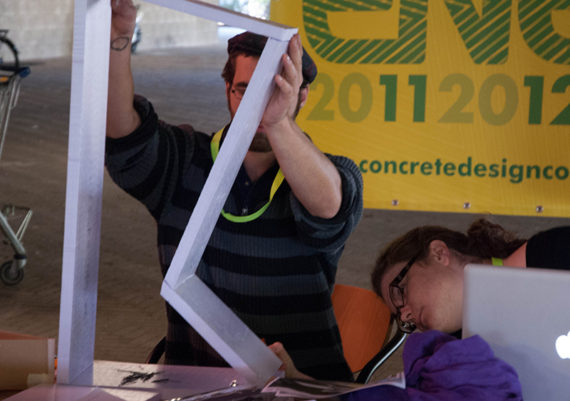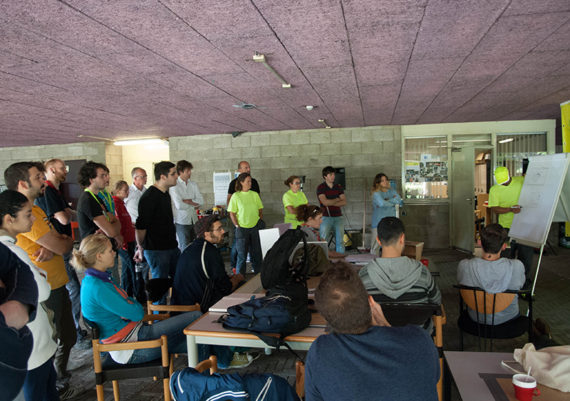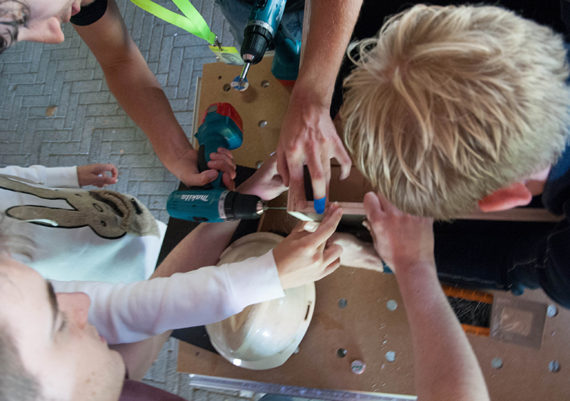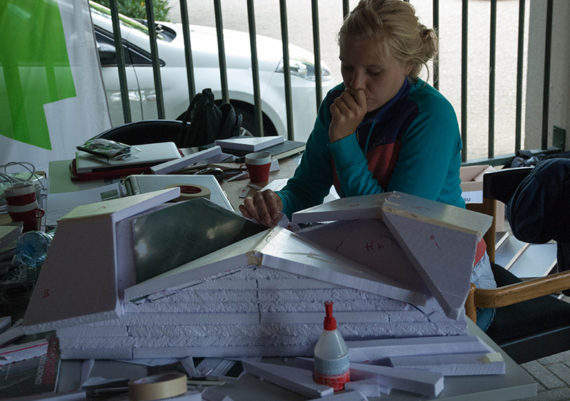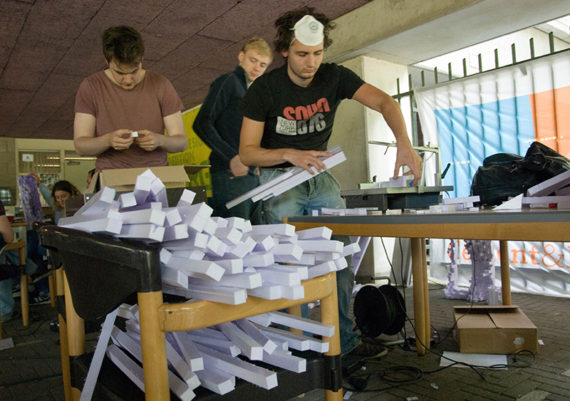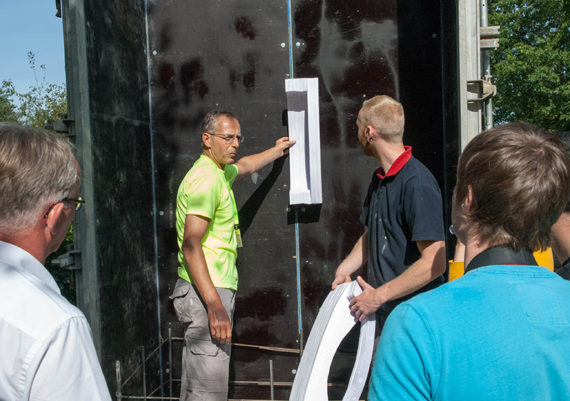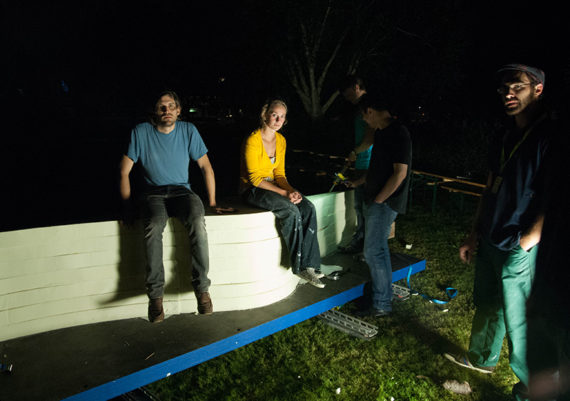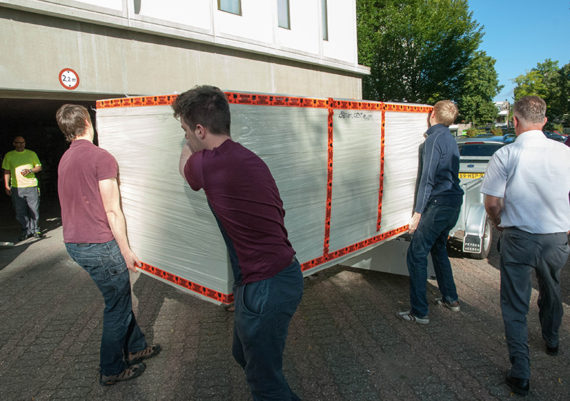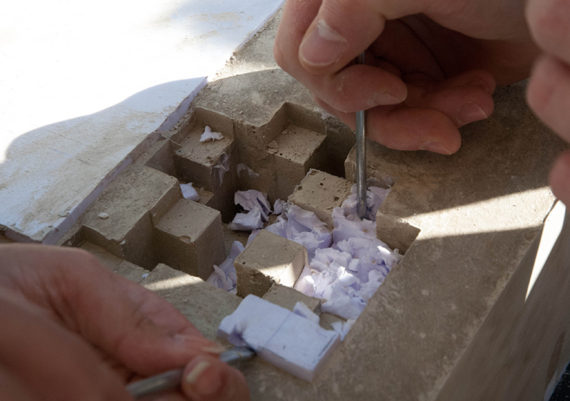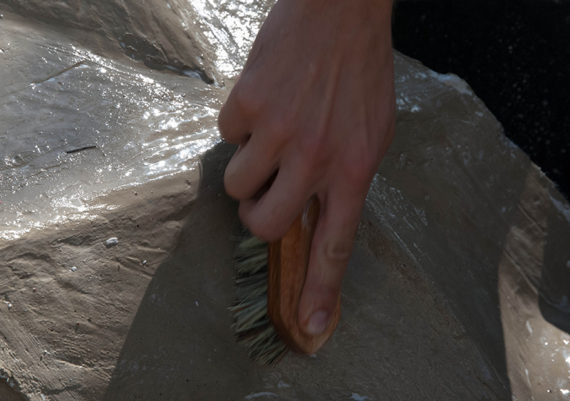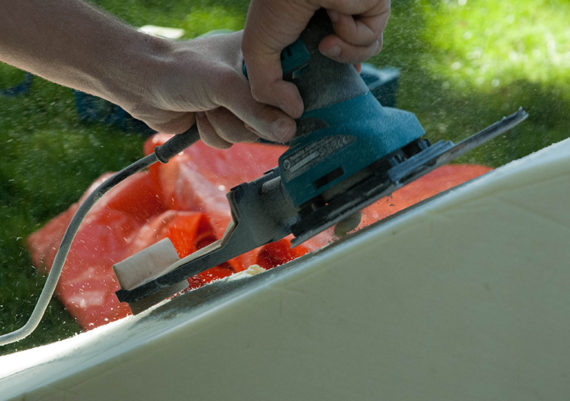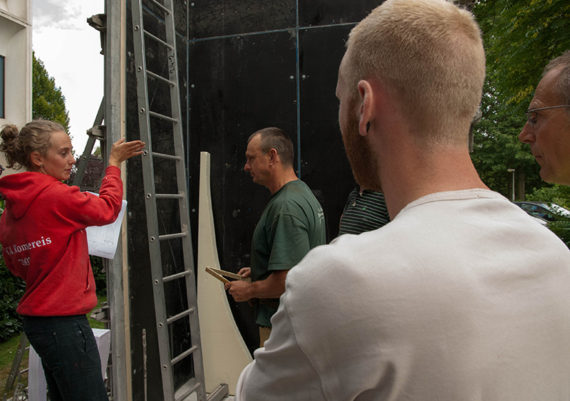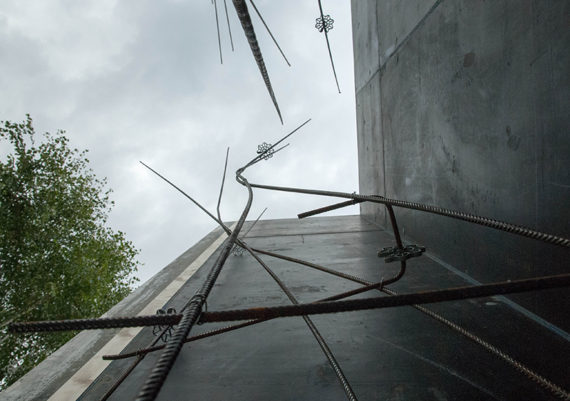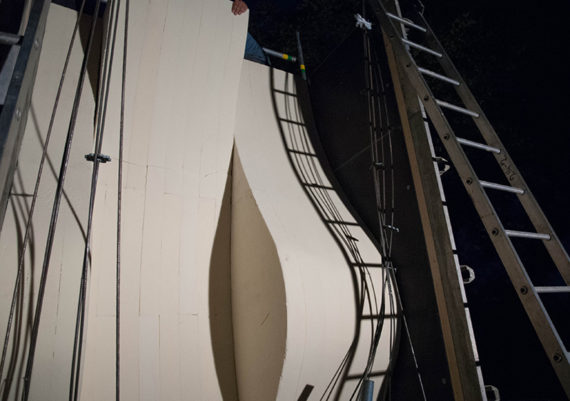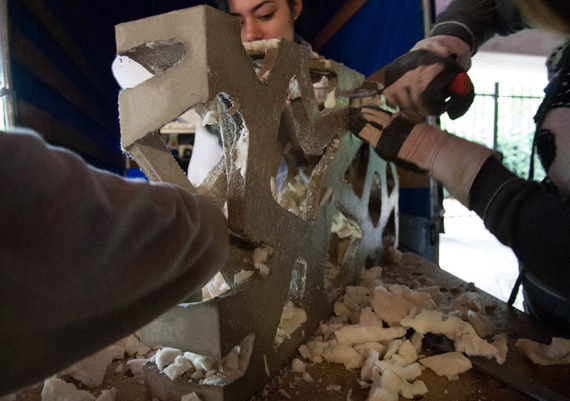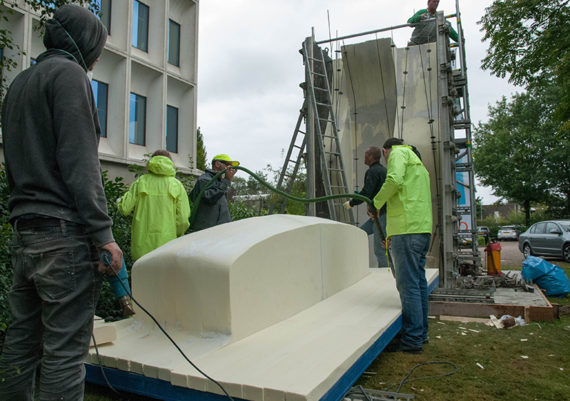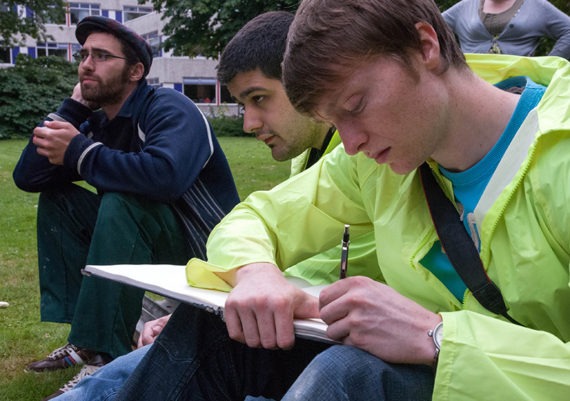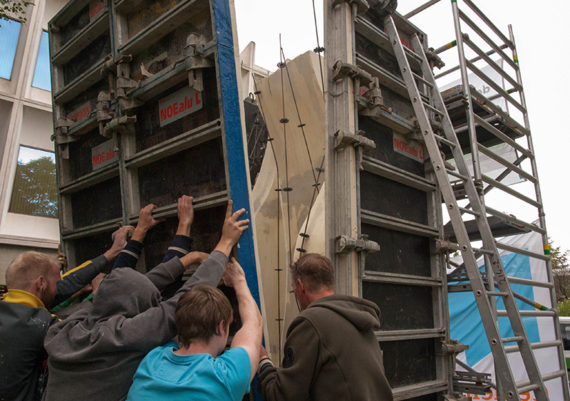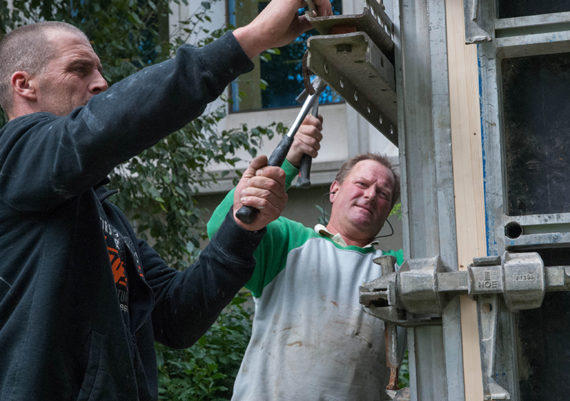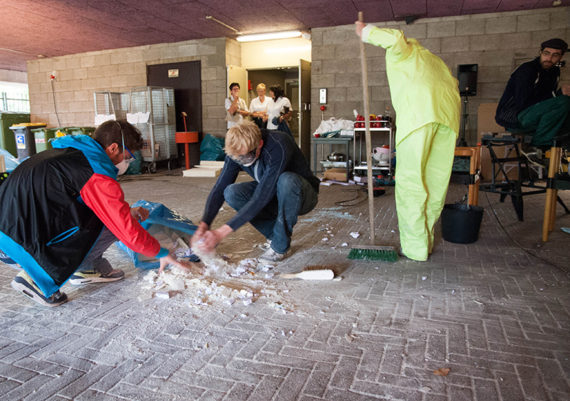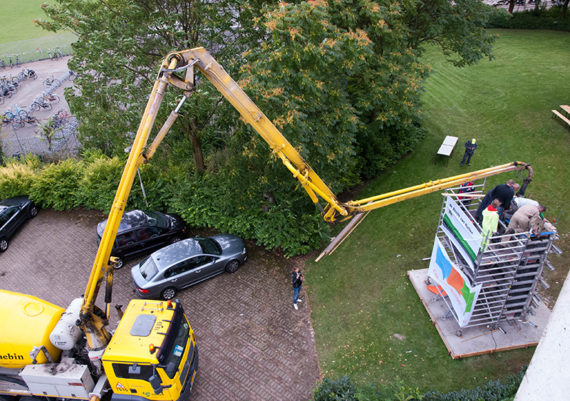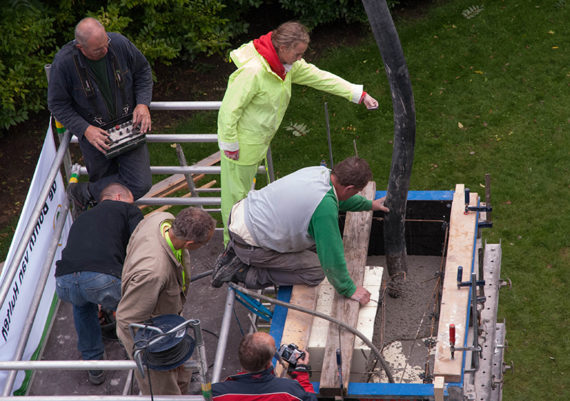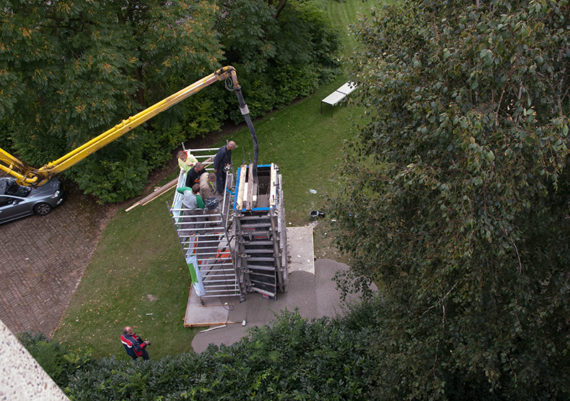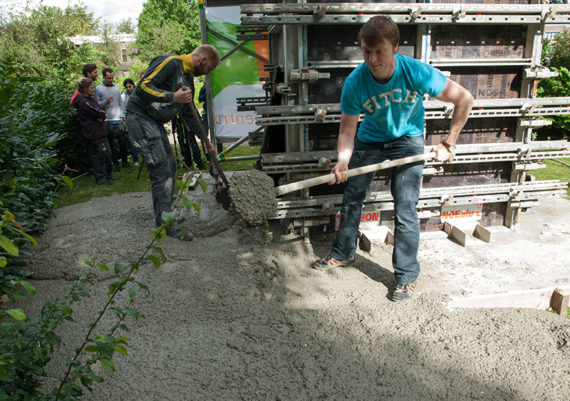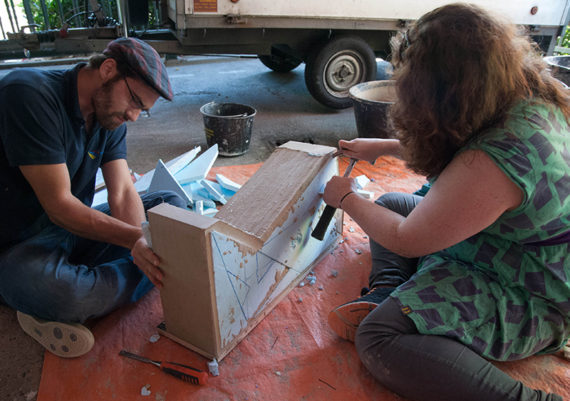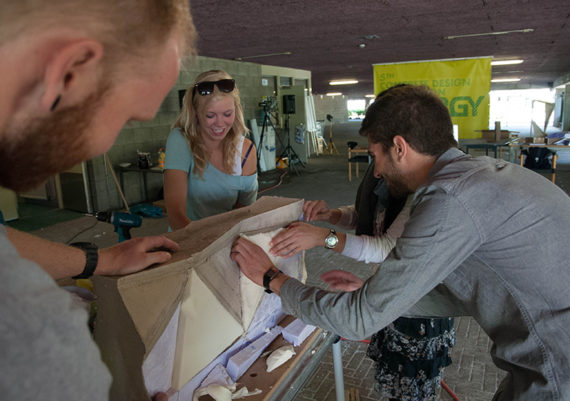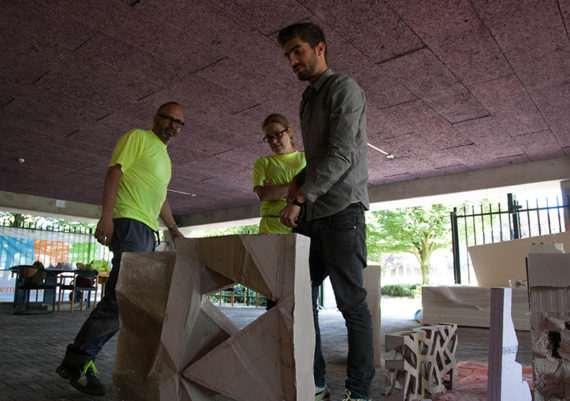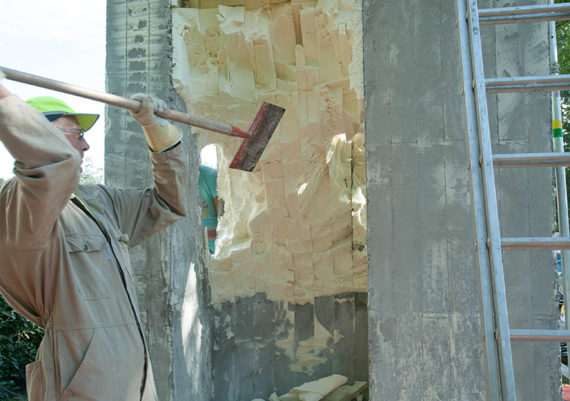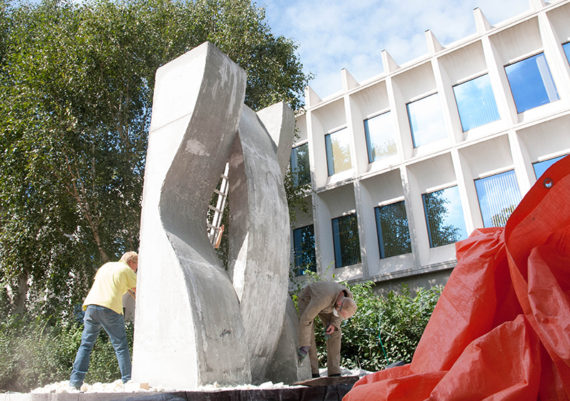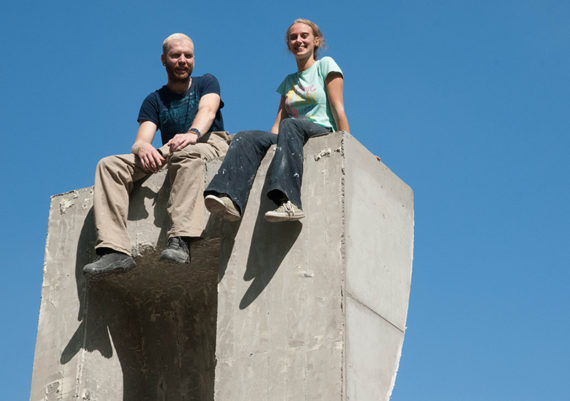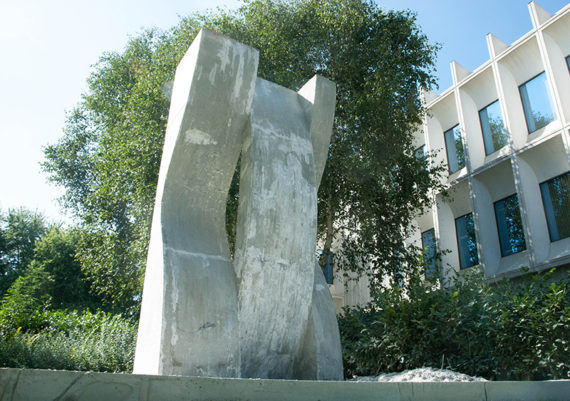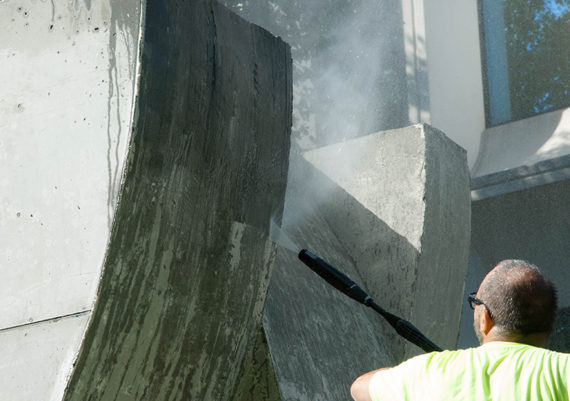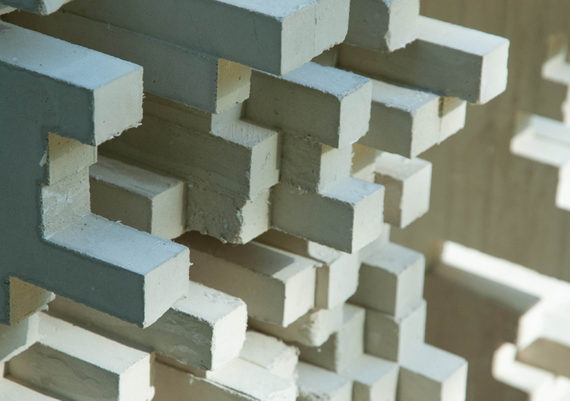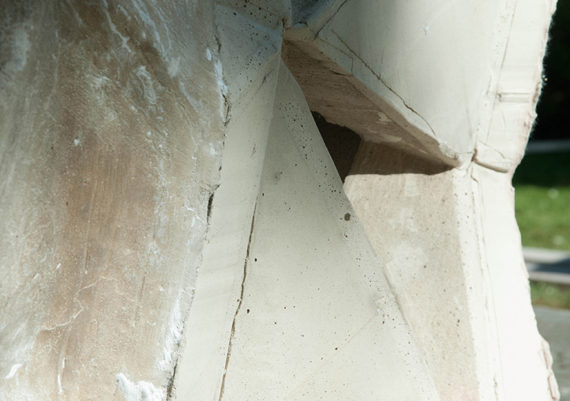Energy
The fifth Concrete Design Competition carried the theme of 'Energy'. Students were asked to explore and exploit the inherent capacity of concrete to play a role in the energy process of buildings. Or to investigate the more 'energetic' nature of concrete in architecture, expressive and aesthetic. Or, of course, a combination of both.
2011 - 2012
concept, coordination & management, tutoring, publication
Kees Kaan on escape from the cavity wall
Siebe Bakker in conversation with Kees Kaan on 'escape from the cavity wall'. This conversation took place as an exploration on the theme of he Concrete Design Competition on Energy.
conversation, film & editing
Siebe Bakker
English
concrete design workshop on energy
Interview with Vera Konietschke and Mariet Sauerwein on their experiences as participants in the Concrete Design Workshop on Energy, August 2012.
film
Bram Rutten
interview & editing
Siebe Bakker
English
concrete design workshop on energy
Interview with Olaf Burlage on his experiences as participant in the Concrete Design Workshop on Energy, August 2012.
film
Bram Rutten
interview & editing
Siebe Bakker
English
Energy
ENERGY has become a powerful topic in the architectural debate on sustainable building. It is taking a prominent position next to reuse, CO2 emissions, reductions on waste materials and other environmental impacts. Current trends in addressing these issues tend to focus on imposing approaches, in which reducing, minimizing, restricting and preventing seem to be the buzz-words.
This competition seeks to investigate the inherent characteristics of one material, concrete, in relation to ENERGY. It asks to evaluate those properties of concrete that make it a relevant and versatile material for ‘energy-aware’ applications. It aims to fully pursue the potential of core properties like mass, volume, surface textures, mixtures and hybrids, in acting on current needs and ambitions.
The 5th Concrete Design Competition - ENERGY stands for a comprehensive strategy to optimize the relations between the built environment and its users. Production and consumption of energy can be dealt with intelligently when taking into account day and lifetime cycles. Storage and distribution needs to be managed with programmatic varieties in mind. Developing built structures that produce energy is part of a more inclusive approach as well.
ENERGY signifies a powerful presence in an architectural sense. How buildings activate and facilitate their users; how they project vitality to their surroundings in form and material – simply by how architecture is.
This competition aims to maximise the material’s potential in its combined technical, physical and architectural opportunities. Applied mass can be embraced to facilitate ‘formal’ and expressive desires that so far have suffered in richness through strategies of minimizing. Simultaneously mass can be deployed to offer capacity for harvesting and storing warmth and coolness. Required volumes and structures can extend in meaning and use beyond their original task of facilitating program. Surfaces and structures can both be visually enticing and can be optimized to capture, store and transport energy.
Students are asked to explore and exploit the potential of concrete’s properties with respect to any notion on ENERGY. These can range from issues of vitality, robustness, dynamic behavior and architectural presence to energy production, storage and consumption. Competition entries need to address technical and functional aspects as well as formal and programmatic ones – ideas need to be tested through design proposals to demonstrate their potential convincingly. They will be reviewed on the combination of inventiveness in addressing the competition’s theme and architectural implications.
This competition does not prescribe a specific location or program; participants can choose a context of their own that supports their fascinations and ambitions and that fits an acute presentation of their ideas and solutions. The design proposals may range from objects, furniture and architectural details to housing, landscape interventions, complex buildings, infrastructure and structural systems.
The 5th Concrete Design Competition – ENERGY runs in five European countries during the academic year 2011 - 2012. National laureates will be invited to participate in a week long international workshop facilitated by the industry’s expertise featuring renowned lecturers and critics, further exploring concrete and ENERGY.
Concrete Design Workshop on Energy - exploring mass & volume
From August 26 until September 1, 2012 the workshop for laureates of the 5th Concrete Design Competition has taken place at the Cementrum in Den Bosch, Netherlands. The students, all winners in their countries, continued to explore the competition theme during this international event. They had to re-design the facade of the Cementrum building. An unusual concrete facade consisting of elements with a depth of 900 mmm. The students were challenged to activate this depth, either through developing three-dimensional expression or including functional spaces, or both.
The development of ideas took place through discussions, sketched designs and models, but foremost by 'hands-on' working with concrete. Groups produced prototypes in various stages of design development in scale 1:5. One of the proposals was chosen early on to be executed on site in scale 1:1.
The workshop was hosted by the Cement&BetonCentrum which is located at the Cementrum in Den Bosch. A staff of full-time tutors was assisted by expert support, critics and lecturers. A series of lunch-lectures and two key-note lectures by Daan Roosegaarde and Kapser Jørgensen offered a balanced insight in the material concrete, from contemporary techniques and considerations to state-of-the-art innovative developments, research and art.
It was truly a fascinating week, filled with 16-hour working days, great company, fantastic ideas and an unrelenting group of amazing future professionals. Thanks to everyone for their commitment and enthusiam.
Marijn Abelman, Michael Albertshofer, Olaf Burlage, Joanna Burton, James Boyd, Coşku Çinkiliç, Colin Dorgan, Pablo Humanes, Jenny Kingston, Vera Konietschke, Julian Manev, Ray Mc Greal, Robert van Middendorp, Mariet Sauerwein, Semra Refkaeva Shukrieva, Thierry van Til, Ibrahim Türkeri, Steffen Winkler, Aylin Yegen
instructors
Siebe Bakker, Ifke Brunings, Patricia Hessing, Hans Köhne
critics & experts
Leo Dekker, Steven Gelderman, Arjan Habraken, Mark van Halderen, Caroline Kruit, Gregor Zimmermann
lecturers
Kasper Jørgensen, Daan Roosegaarde
support
de Bonth van Hulte: Fer van Dommelen, Jorg Klomp, Lamberto van Mook, Marcel de Gouw, Rick Boelen, Toon van Mook
Cement&BetonCentrum: André Burger, Anja van den Bogaart, Natasja Steenbergen, Wim Kramer
ENCI: Hennie Kemper
Sodexo: Fanny Marcé, Henny van der Linden and Willeke Segers
&
Ton Kwaytaal
host
Cement&BetonCentrum, 's-Hertogenbosch
initiative
VDZ - Torsten Förster
Cement&BetonCentrum - Hans Köhne
Cement Manufacturers Ireland - Richard Bradley
FEBELCEM - Noël Naert, Jean-Francois DeNoël
TCMA - Çaglan Becan
photography
Bram Rutten

concrete design book on energy
2012 / English
Documentation on Concrete Design Competition on Energy and workshop for laureates. Contains nominated entries, national jury reports and picture documentary of workshop.
editor:
Siebe Bakker - bureaubakker
photography:
Bram Rutten for bureaubakker
download pdf
backflap
The 5th Concrete Design Competition - ENERGY took place in 2011 and 2012. It asked students to explore and exploit notions on ENERGY in relation to the material concrete and architecture. Developed ideas were to be tested and presented through architectural design proposals, which could range from details and furniture to large buildings and technical systems.
The competition resulted in over 100 entries from more than 150 students. The topics of investigation varied from ingenious proposals of how to manage thermal concrete mass activation, to water-purification-systems and energy storage or energy harvesting building envelopes. Besides the ‘technical’ approaches many participants favoured to explore more poetic or ephemeral notions on ENERGY.
The national winners of the competition were invited to participate in a week long workshop, hosted by the Cement&BetonCentrum in the Netherlands. Facilitated by a staff of various experts, lecturers and critics and provided with ample working spaces, tools and materials, the students continued their architectural investigation into ENERGY and concrete. They were asked to redesign the facade system of the office building where the workshop was located. A true 70’s facade with a nowadays unusual depth of 90 cm. The students had to embrace and activate this depth, being able to either exploit architectural expression, offer new functionality, or both.
Working mostly in scale models, the ideas had to be developed through series of concrete models. Early on during the week one of the proposals was chosen to be produced on site in scale 1:1. A true learning experience unveiling some of the specific challenges occurring when building for real.
The workshop program saw a range of lectures on cement and concrete as well as two keynote lectures by architect / artist Daan Roosegaarde and architect Kapser Jørgensen, director of GXN. Especially the scale 1:1 prototype was made possible through the added support of Beamix, De Bonth van Hulten, Cugla, ENCI, Mebin and NOE Betonvormgeving.
The Concrete Design Competition is an initiative by Cement&BetonCentrum (NL), Cement Manufacturers Ireland (IE), FEBELCEM (BE), TCMA (TR) and VDZ (DE). Their aim is to stimulate innovative design attitudes related to concrete. They recognise that the use of concrete as an architectural medium shows room for improvements and development. The material is more than a tool to ‘solve’ formal design ambitions. Material research and understanding will lead to innovative design and create possibilities to surpass existing limitations and visions.
